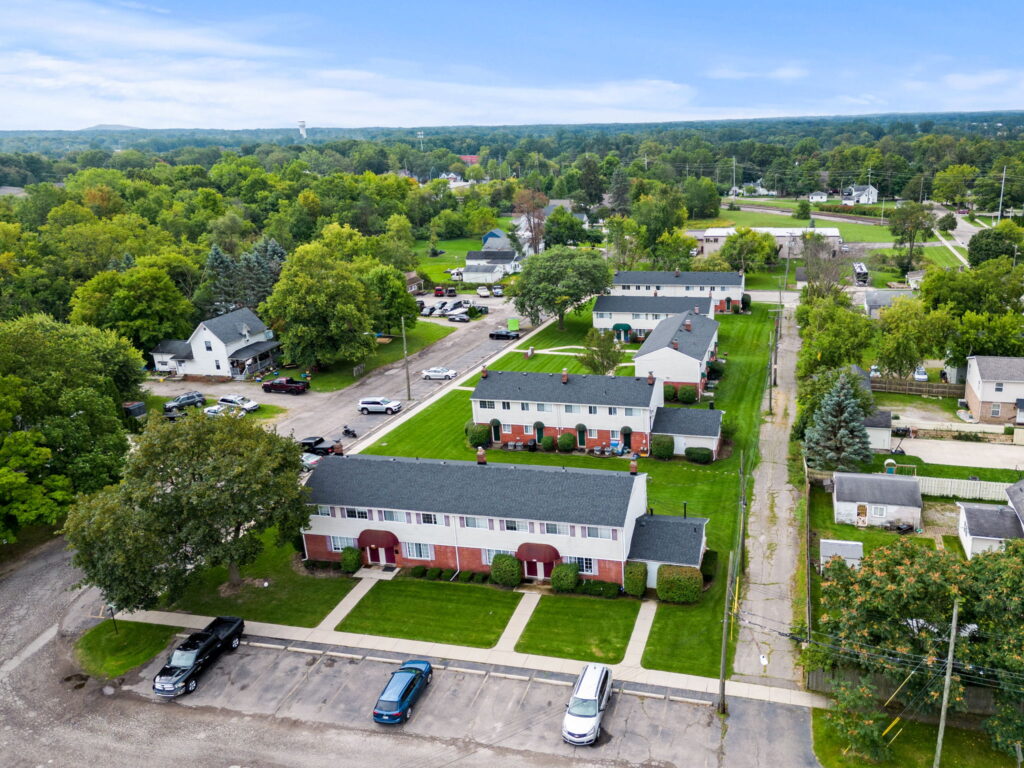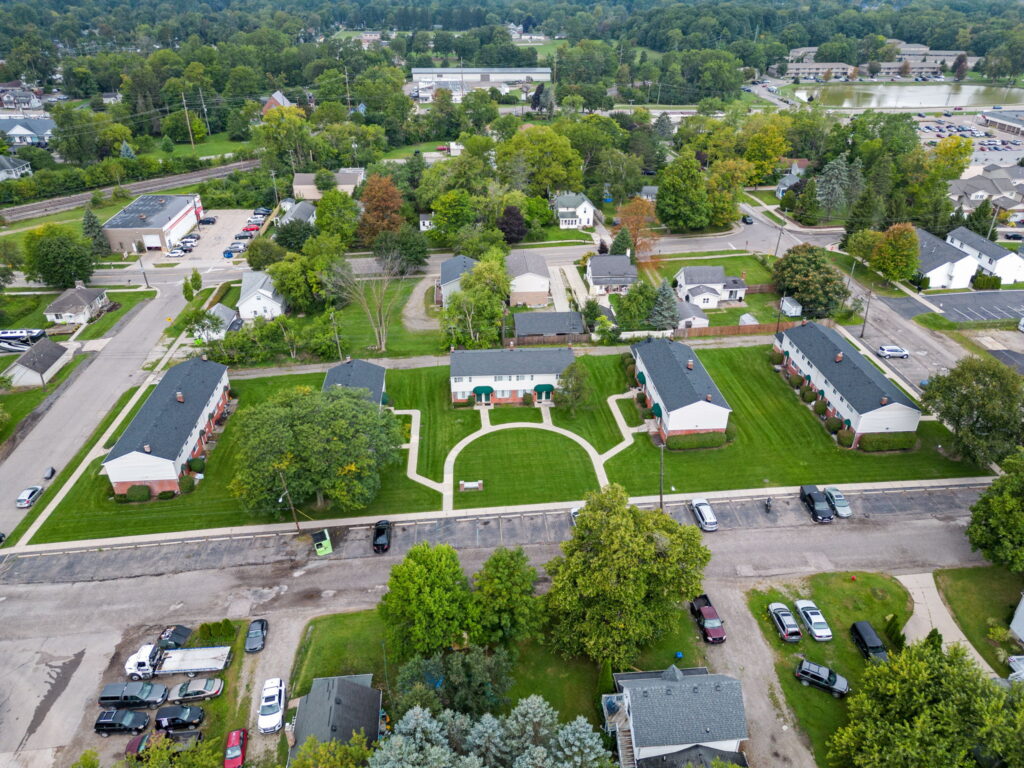
The Capital Stack
Our business has always revolved around the acquisition of sub-institutional apartments, typically valued at less than $10 million, from individual property owners. Below is an example of the kind of situation we are encountering in today’s market, with actual scenarios on properties we’re interested in purchasing.
Deal #1: Seller expectation $95k/door. Broker expectation $85k/door. Our offer $64k/door.
Deal #2: Seller expectation $89k/door. Broker expectation $82k/door. Our offer $72k/door.
Deal #3: Seller expectation $71k/door. Broker expectation $68k/door. Our offer $60k/door.
All three of these would have very quickly sold in 2020-2022 at the full asking price.

The Retirement Advantage
We believe the best deals today will come from retiring owners or “tired landlords”. If an owner’s plan includes selling their properties and retiring in the next 2-3 years, I firmly believe that now is the optimal time for them to make that move. The rationale behind this belief is that they are likely to receive a more favorable price for their property in today’s market than they would in the coming years.
This price advantage can be attributed to the adjustment in cap rates in response to interest rate fluctuations. Typically, cap rates tend to run 1-3% higher than prevailing interest rates. Properties that would have been quickly sold at a 5.5% cap rate just 18 months ago are now trading at a 7.5% cap rate. This translates to a substantial ~22% reduction in value.
Looking ahead, I anticipate that property values from a cap rate perspective in 2-3 years will be the same as they are today. There’s still opportunity from an increased NOI perspective, but cap rates I think will be near where they’re at today.
Stability for Non-Selling Owners
In our markets, rent prices continue to show resilience, maintaining their strength in the current market. Fixed-rate debt remains stable. In Michigan, property taxes are subject to a fixed annual increase of 5% or the Consumer Price Index (CPI), whichever is lower, offering predictability.
Although insurance costs have seen a moderate increase of 10-20% in our region, it’s important to note that this uptick is relatively manageable when compared to states like Florida and Texas, where insurance expenses have surged by over 100%. In those areas, insurance has become the predominant cost on their profit and loss statements.
Owners who are content with a more extended retirement horizon will likely be able to enjoy steady cash flow from their properties but in my opinion, will be deferring retirement to a later stage if they hope to achieve the highest possible selling price.
Today’s Hunt for Opportunity
Our primary challenge continues to revolve around finding motivated sellers. To secure the substantial discounts to 21/22 pricing that the current debt markets require, we typically need sellers who are either in a situation where they must sell or are strongly motivated to do so. We believe these sellers could be older individuals who envision a future of leisure on the beach or the golf course, rather than the ongoing responsibilities of managing tenants and property for the next 3-5 years.
We will continue hunting. Slow and steady, patiently making offers at numbers that align with our investment goals. Eventually, these numbers will start to align with seller expectations and transactions will pick up. If true distress hits the market as I believe it will on an individual asset level, we will be entering the buying opportunity of a generation.

Major Market News
Rising Insurance Costs
The article by ALM Globalist discusses the increasing significance of insurance costs for multifamily property owners. It highlights how insurance expenses have become a significant concern, particularly in regions like Florida and Texas, where costs have surged by over 100%. The article points out that climate-related disasters are not the only factor attributing to increasing insurance costs and says “high property values, combined with rising construction costs, inflation, and labor and supply chain issues have compounded a problem that has become a perfect storm of financial strain”. The article highlights the impact of rising insurance expenses on multifamily property owners’ profit and loss statements and emphasizes the need for prudent risk management in the real estate sector.
Source: ALM Globalist. (2023, Aug 3rd) Insurance Looms Large for Multifamily Owners. https://www.globest.com/2023/08/03/insurance-looms-large-for-multifamily-owners/?slreturn=20230924175120
Tips and Tricks
Terms-
Cap Rate- Cap rate is a crucial metric that indicates the potential return on investment for a property. It is calculated by dividing the property’s net operating income (NOI) by its current market value. A higher cap rate typically suggests a property with higher potential returns but may come with greater risk, while a lower cap rate indicates a safer, more stable investment with potentially lower returns. Investors often use cap rates to assess the attractiveness of multifamily properties and compare them to other real estate investment opportunities.

